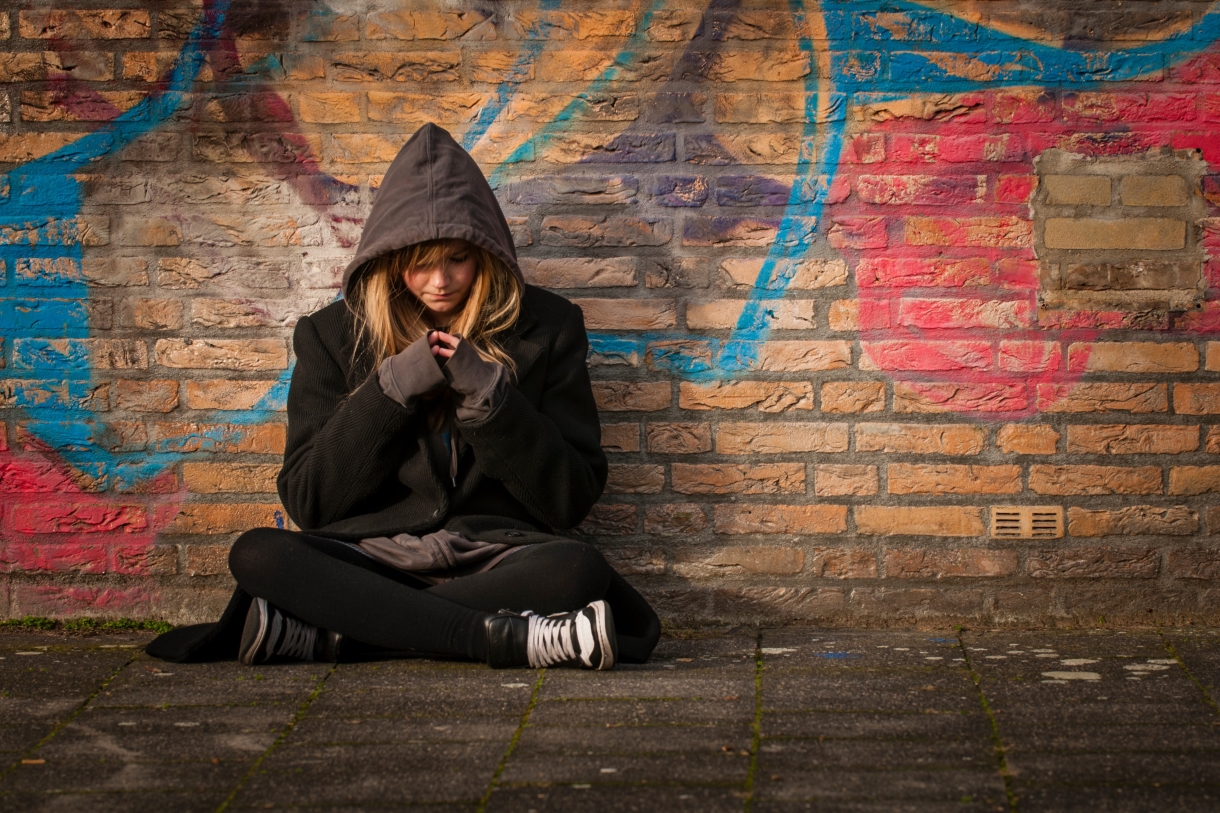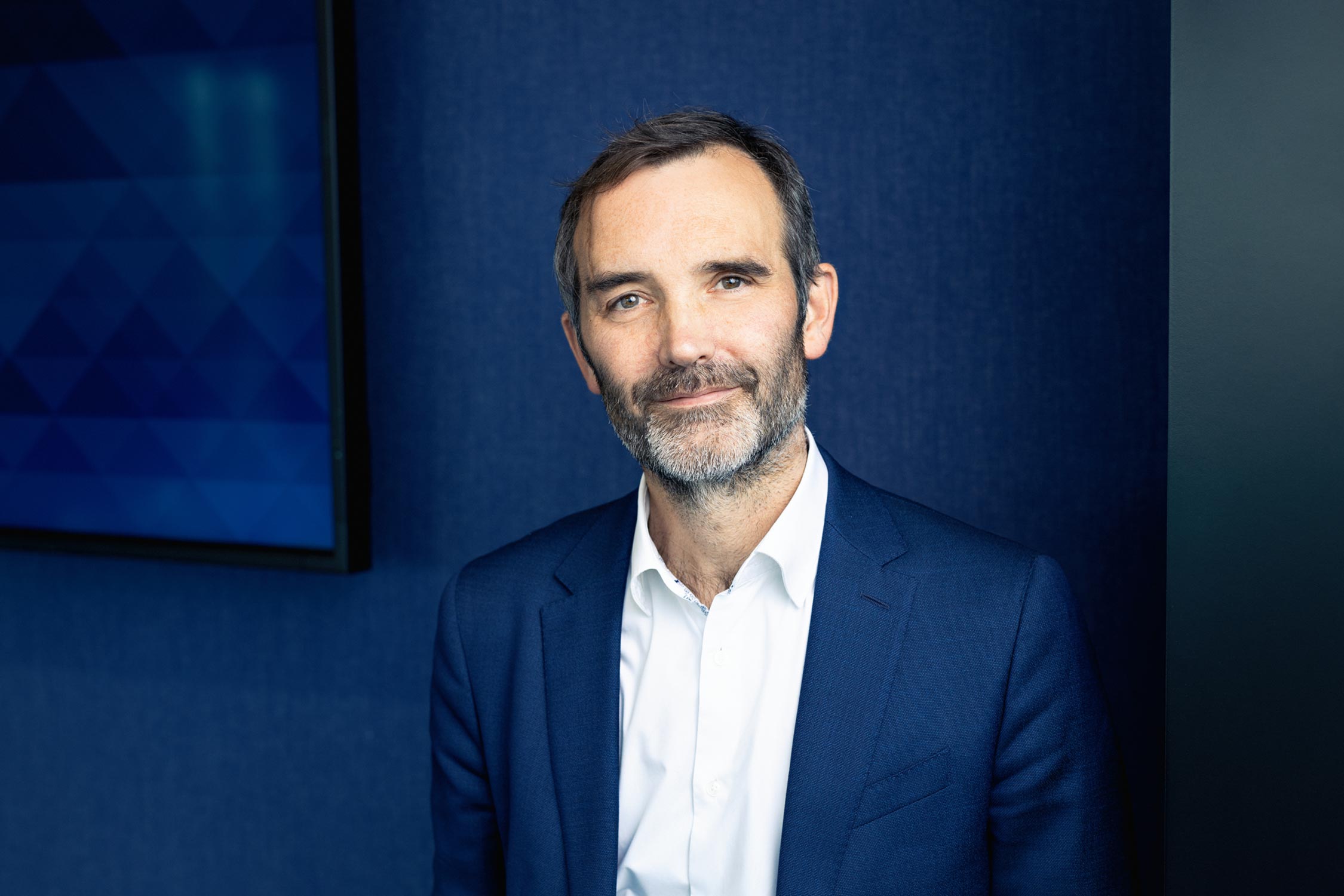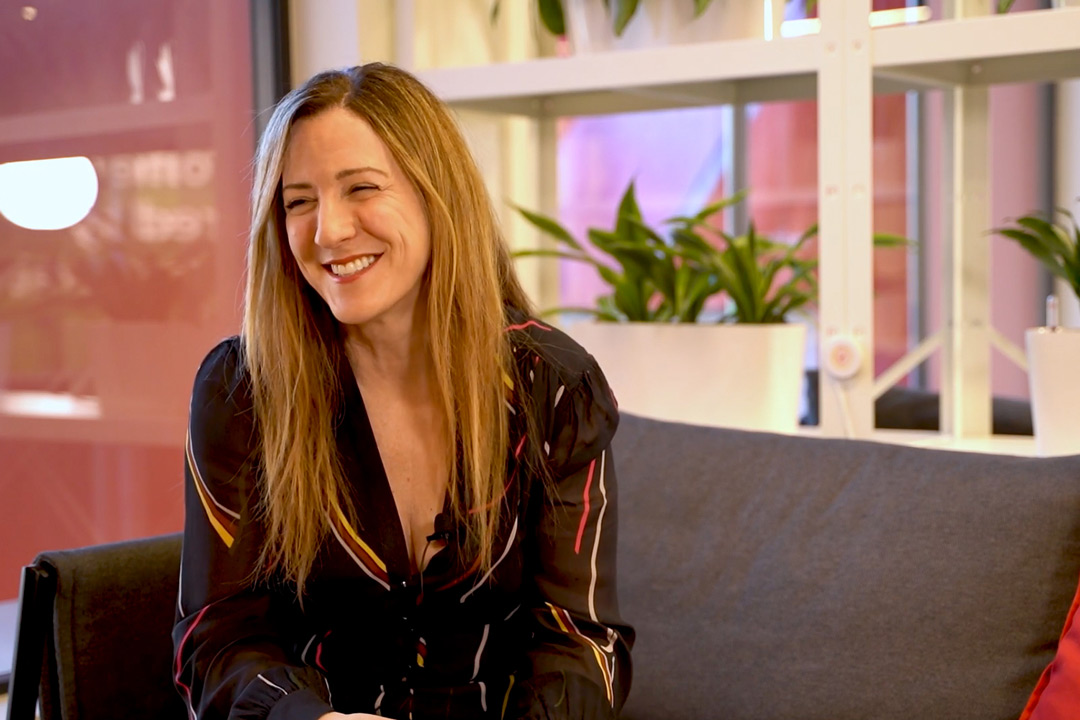
More than 200,000 young people go missing in the UK each year, ending up on the streets, homeless, or worse. We look at how one charity is using digital tech to protect children and help families.
Someone in the UK is reported missing every 90 seconds, according to the UK charity Missing People, which supports both those who go missing and their families. Of the 353,000 ‘reported missing incidents’ each year, nearly 215,000 are children.
Parents and guardians often worry about their children being exposed on social media to unknown people – they picture a lawless place where grooming and other predatory threats lurk. “The concerns around social media are understandable,” says Amy-Kathleen Walker, head of digital communities at Missing People.
“There are dangers. Out and about in a shopping centre, there may be one or two people who could pose a threat. Online, you’re exposed to millions of people, so the dangers increase,” she explains.
Social media on trial: Who's protecting our kids?
But there are quite a few ways that experts are using social media to help safeguard children, too. As Ms Walker explains: “For us, what we’re trying to do is use it as a tool to get in front of the audience we need to be connected with.”
So what support is there for children and young people who go missing, or are in danger of doing so? And how is digital technology changing the way that charities support them, their parents and their guardians?
The chatbot giving crucial advice
In 2019, Missing People and telephone counselling charity Childline came together to develop a revolutionary chatbot called Is This Okay? Feedback from young people pointed to a reluctance – among some – to speak directly to an adult, and a desire for a more anonymous help service. So the two charities set about creating a free, anonymous, confidential and untraceable chatbot service.
“It was designed with and for young people who are being exploited – criminally, sexually or in any way,” explains Ms Walker. It wasn’t easy to create, though: “A chatbot is only as smart as the information you put in it, so we had to lay out all the different kinds of questions a young person might ask about exploitation, from working out ‘Am I being exploited?’ to ‘What do I do now?’”
The charity works hard to highlight the service on social media, to spread awareness of the tool directly to a young audience.
‘We need parental controls to protect our kids, but we also need to talk’
Today, the chatbot is available 24 hours a day, and is run entirely by Missing People. Teens aged 13-18 who are worried about their own situation, or that of a friend, can ask a question about sex, gangs, running away or more. They will then be guided through further multiple-choice questions, and steered towards the most authoritative information online, and offered a one-to-one chat with a highly-trained advisor.
“It’s working really well,” says Ms Walker. “It’s supporting young people in really horrible, dangerous situations.”
Checking in by text
Is This Okay helps to support and prevent children from going missing. But what of those young people who have already left home?
“TextSafe is really simple, but it makes a massive difference,” she says. “The only people who can request a ‘TextSafe’ are the police, to ensure it can’t be misused. When someone’s reported missing to the police, a police officer sends an email with a specially worded subject line, including the phone number of the missing person. It goes into our system and that number receives a specially worded text.”
The text comes from Missing People, not the police, to ensure the missing person has a neutral point of contact and source of support.
“If they’re under 18 the text will invite them to call, text or chat with the Runaway Helpline. Either way, they’re invited to make contact. It’s sent to them, while they’re in crisis, and they can choose to respond.”
After making contact with the charity, they can then be put in contact with the police, social services or their family – if they agree.
Anti-bullying: The online pile-ons for good
Should a young person wish to confirm that they are safe, but not to return home: “We offer to pass a message home, or back to the police, or a social worker. We work like a human answering machine, agree on a message with them, and make contact with that link person to pass it on.
“If it’s a family member, we’re also there to provide emotional support for the person receiving the message.”
The system is particularly effective for young people, she thinks.
“There are so many reasons why young people go missing. At that age, when a lot of decisions are made for you, a lot of power is taken away from you.
“I think this service works so well for [young people] because they get to choose when they respond. If your phone rings, you don’t have that choice. This way, you get to choose when and whether to get in touch, and how, too – it could be a text, a call, webchat, email.
“We make sure there are so many ways to get to us.”
When tech and humans marry up, great things can happen
The service has been so successful that a variation for adults is currently being trialled in partnership with the Samaritans, the suicide prevention charity.
Digital missing persons posters
Last year, the charity trialled a hi-tech form of missing persons poster, featuring moving images of young people who they are trying to trace, along with a QR code. This gives passers-by more information, encouraging them to spread the word among their social media networks.
“It was really impactful,” says Ms Walker. “To see billboards where people’s faces were moving, their eyes blinking. There’s a lot of research showing that if people see the same photo repeatedly, it loses its power.”
Hate speech online: Is your child being harmed?
The photos used on the posters were initially enhanced using machine learning software, before being animated using pioneering AI technology developed by D-ID. While the posters were a one-off, they’ve proven inspirational for future projects.
“We’re very excited about some of the tech that our partners in the project, the marketing agency Engine Creative, passed to us as a result of it,” she says.
“They gave us the software that cleans up grainy, blurry or old photos. We’re currently trialling using that donated software and it’s made the world of difference to some of our appeals.”
Using AI to support vulnerable people
“There’s a lot bubbling away on the tech side, exploring the possibilities that AI and ChatGPT, for example, could have for work like ours,” says Ms Walker. “It’s really interesting to watch where that’s going, and we’re definitely keeping our finger on that pulse.
“We always want to be very human in our approach. But when tech and humans marry up, great things can happen.”
Stay up-to-date with the very latest news from Vodafone by following us on Twitter and LinkedIn and signing up for News Centre website notifications.
![Young woman waiting for job interview indoors [Adobe Stock] stock image of a young woman waiting for job interview indoors](https://www.vodafone.co.uk/newscentre/app/uploads/2024/06/2-Young-woman-waiting-for-job-interview-indoorsAdobe-Stock.jpg)

![black and white photo of a girl's face with smoke [Adobe Stock] an AI-generated stock image of a girl's face partially covered in smoke](https://www.vodafone.co.uk/newscentre/app/uploads/2024/05/black-and-white-photo-of-a-girls-face-with-smoke-Adobe-Stock.jpg)

![girl smiling confident voting at electoral college [Adobe Stock] stock photo of a girl smiling while confidently voting at a mock election](https://www.vodafone.co.uk/newscentre/app/uploads/2024/05/girl-smiling-confident-voting-at-electoral-college-Adobe-Stock.jpg)




![Portrait of school age boy sitting at kitchen table do not want to eat[Adobe Stock] stock photo of a young boy sitting at a kitchen table, refusing to eat the food in front of him](https://www.vodafone.co.uk/newscentre/app/uploads/2024/03/Portrait-of-school-age-boy-sitting-at-kitchen-table-do-not-want-to-eatAdobe-Stock.jpg)